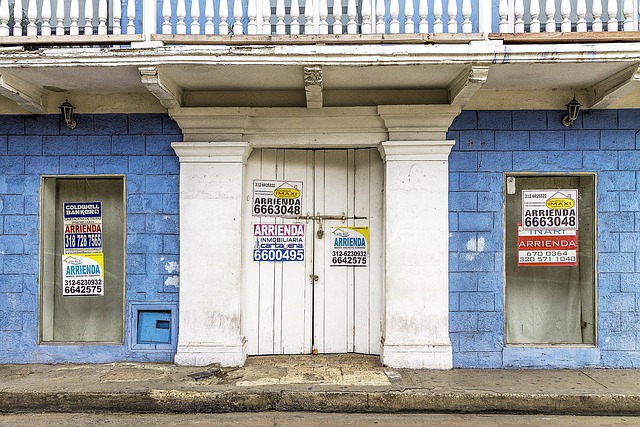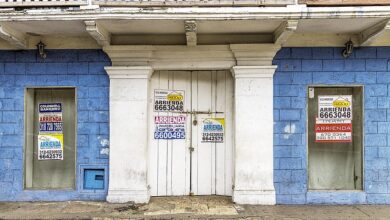Understanding Flood Insurance in Luxembourg: Is It Worth It?

Flooding is a natural hazard that can cause significant damage to homes, businesses, and personal belongings. While Luxembourg is not typically associated with frequent flooding compared to countries like the Netherlands or parts of the United States, it is still vulnerable to periodic floods due to heavy rainfall, snowmelt, and river overflow. Given the potential for costly damages, many residents wonder whether flood insurance is worth the investment. In this article, we’ll explore what flood insurance covers in Luxembourg, assess the risks, and help you determine if it’s a smart choice for your situation.
Why Is Flood Insurance Important?
Floods are unpredictable and can strike even in areas not traditionally considered high-risk. Unlike standard homeowners or renters insurance, which generally excludes flood damage, flood insurance specifically covers losses caused by water entering your property from external sources. Without flood insurance, repairing or replacing damaged property could result in significant out-of-pocket expenses.
In Luxembourg, flooding events have occurred in recent years, particularly in regions near rivers such as the Moselle, Sûre, and Alzette. Climate change has also increased the frequency and intensity of extreme weather patterns, making floods a growing concern. For these reasons, understanding flood insurance is essential for protecting your assets.
What Does Flood Insurance Cover?
Flood insurance policies typically cover two main areas:
1. Building Property Coverage
This part of the policy protects the physical structure of your home, including:
- The foundation, walls, and roof.
- Electrical and plumbing systems.
- Built-in appliances (e.g., furnaces, water heaters).
- Detached structures like garages (up to a certain limit).
2. Contents Coverage
Contents coverage protects your personal belongings inside the home, such as:
- Furniture, clothing, and electronics.
- Curtains, rugs, and other household items.
- Non-permanent appliances (e.g., refrigerators, washers, and dryers).
It’s important to note that flood insurance has limitations:
- Basements and crawl spaces are often excluded or covered only for essential systems (like furnaces) rather than finished areas or stored belongings.
- External features like pools, decks, and landscaping are typically not covered.
Additionally, flood insurance does not cover vehicles, which should be insured under a separate auto policy.
Is Flood Insurance Mandatory in Luxembourg?
Unlike some countries (e.g., the United States, where flood insurance is mandatory for federally backed mortgages in high-risk areas), there is no legal requirement to purchase flood insurance in Luxembourg. However, lenders may require it if your property is located in a known flood-prone area. Even if it’s not mandatory, voluntary coverage can provide valuable protection against unforeseen disasters.
Assessing Your Flood Risk in Luxembourg
To decide whether flood insurance is worth it, consider the following factors:
1. Location
Luxembourg’s geography makes certain areas more susceptible to flooding:
- River Valleys: Properties near rivers like the Moselle, Sûre, and Alzette face higher risks.
- Low-Lying Areas: Homes in valleys or floodplains are particularly vulnerable.
- Urban Drainage Issues: Cities like Luxembourg City and Esch-sur-Alzette occasionally experience localized flooding due to overwhelmed drainage systems during heavy rains.
You can check flood maps provided by the Administration de la Gestion de l’Eau or consult local authorities to determine your property’s risk level.
2. Historical Data
Research past flooding events in your area. If your neighborhood has experienced floods before, it’s likely to happen again.
3. Climate Change
With rising global temperatures, extreme weather events—including heavy rainfall—are becoming more common. Even low-risk areas may face increased flood risks in the future.
How Much Does Flood Insurance Cost in Luxembourg?
The cost of flood insurance depends on several factors, including:
- Location: Properties in high-risk zones will have higher premiums.
- Coverage Amount: Higher coverage limits result in higher premiums.
- Deductible: Choosing a higher deductible can lower your premium but increases your out-of-pocket costs in the event of a claim.
- Type of Policy: Some insurers offer standalone flood insurance, while others bundle it with broader homeowners or contents insurance.
While specific pricing varies by insurer, flood insurance in Luxembourg tends to be relatively affordable compared to countries with higher flood frequencies. For example, annual premiums might range from €100 to €500 for moderate-risk properties, depending on the level of coverage.
Is Flood Insurance Worth It?
Deciding whether flood insurance is worth the investment requires weighing the potential costs of flooding against the cost of the policy. Here are some scenarios where flood insurance is likely worthwhile:
1. Living in a High-Risk Area
If your property is located in a flood-prone region, flood insurance is almost certainly worth it. The financial impact of a single flood event without insurance could far exceed the cumulative cost of premiums over several years.
2. Owning a High-Value Home
For homeowners with expensive properties or valuable belongings, flood insurance ensures that repairs and replacements won’t lead to financial ruin.
3. Renting a Property
Renters aren’t immune to flood damage. While landlords may carry structural flood insurance, their policy won’t cover your personal belongings. Renters’ flood insurance provides peace of mind for your possessions.
4. Operating a Business
For business owners, flood damage can disrupt operations, destroy inventory, and lead to lost income. Flood insurance helps mitigate these risks and keeps your business running smoothly after a disaster.
5. Peace of Mind
Even if you live in a low-risk area, floods can occur unexpectedly. Knowing you’re protected allows you to focus on recovery rather than worrying about financial losses.
Tips for Reducing Flood Insurance Costs
If you decide to purchase flood insurance, here are some tips to keep costs manageable:
- Mitigate Risks: Install flood vents, sump pumps, and backflow valves to reduce potential damage and demonstrate proactive risk management to insurers.
- Increase Your Deductible: Opting for a higher deductible can lower your premium, though you should ensure you can comfortably afford the deductible if you need to file a claim.
- Bundle Policies: Some insurers offer discounts if you bundle flood insurance with other types of coverage, such as homeowners or auto insurance.
- Shop Around: Compare quotes from multiple insurers to find the best rate. Online comparison tools can streamline this process.
- Review Existing Coverage: Check if your current homeowners or renters policy already includes limited flood coverage. Some insurers offer optional endorsements for flood protection.
Common Misconceptions About Flood Insurance
- “I Don’t Live Near Water, So I Don’t Need Flood Insurance.” Flooding isn’t limited to riverside properties. Heavy rains, urban drainage failures, and melting snow can cause flooding anywhere.
- “My Homeowners Insurance Will Cover Flood Damage.” Standard homeowners insurance policies do not cover flood damage. You must purchase a separate flood insurance policy.
- “Flood Insurance Is Too Expensive.” While premiums can add up, the cost of repairing flood damage without insurance is far greater. Additionally, low-cost options exist for properties in low-risk areas.



